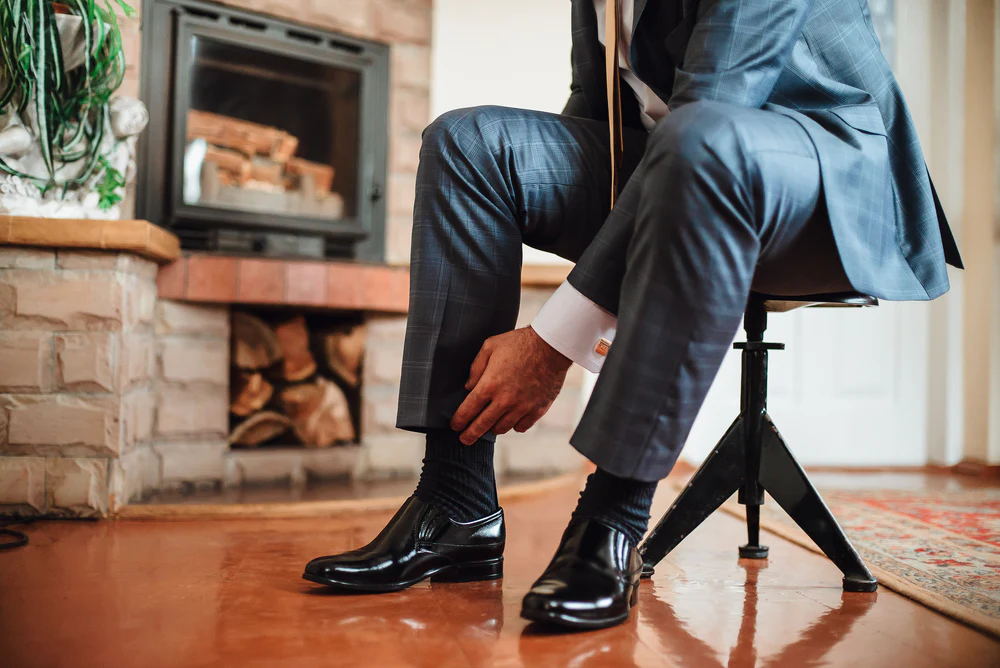Tuxedo vs Suit: Difference Between a Tuxedo and Suit
Choosing between a tuxedo and a suit can sometimes feel like deciding between champagne and wine. Both are stylish, but they serve different purposes. To make the right choice, you need to know what sets them apart. Let’s break it down in simple words so you’ll never second-guess your outfit choice again!
1. Understanding Tuxedos
A tuxedo is the epitome of formal elegance. Think James Bond in his classic black-and-white attire. The tuxedo, often called a "tux," is all about sophistication and is designed for black-tie events.
The key features of a tuxedo include:
- Satin Details: Satin accents on the lapels, buttons, and sometimes a stripe down the trousers.
- Black or Midnight Blue: Traditional tuxedos stick to these timeless colours.
- Bow Tie: A tuxedo almost always pairs with a bow tie, adding to its formal vibe.
Fun fact: The word “tuxedo” comes from Tuxedo Park, a wealthy enclave in New York where this formal attire first became popular.
2. When to Wear a Tuxedo?
Tuxedos are reserved for special occasions—the kind where you’ll find red carpets, chandeliers, and perhaps a live orchestra. Some examples include:
- Black-tie weddings
- Formal galas or fundraisers
- Award ceremonies
- High-end parties
“When in doubt, tux it out.” If the invitation says “black tie,” the tuxedo is your go-to choice.

3. Understanding Suits
Suits, on the other hand, are the Swiss Army knife of menswear. They’re versatile, stylish, and can fit into almost any setting. A suit consists of a jacket and trousers made from the same fabric, paired with a dress shirt and tie.
Key features of a suit include:
- No Satin: Unlike tuxedos, suits have no satin details.
- Variety of Colors: From classic navy and grey to bold patterns, suits offer endless options.
- Tie or No Tie: Suits give you the freedom to accessorize casually or formally.
Suits are like your trusty sidekick—always ready for anything.
4. When to Wear a Suit?
Suits are ideal for almost any occasion that doesn’t demand black-tie attire. Suits are like coffee—they’re good for both work and play. Some common events include:
- Business meetings
- Job interviews
- Weddings (unless specified as black tie)
- Cocktail parties
- Dinner dates
5. Versatility of Suits
What makes suits so beloved is their adaptability. A navy suit can take you from the office to an evening party with just a change of tie. Casual suit trends, like pairing a blazer with chinos, make them even more versatile.
Suits are not just clothes; they’re a lifestyle. From semi-formal gatherings to smart-casual Fridays, a well-fitted suit can do it all.
6. Tuxedo vs Suit | Key Differences
Let’s sum up the key differences between tuxedos and suits:
|
Feature |
Tuxedo |
Suit |
|
Satin Details |
Yes |
No |
|
Typical Colors |
Black or Midnight Blue |
Wide variety |
|
Accessories |
Bow tie, cummerbund, vest |
Regular tie or no tie |
|
Occasions |
Formal (Black-tie events) |
Versatile (Formal to casual) |
|
Shoes |
Patent leather |
Leather or suede |
7. Accessories Complementing a Tuxedo
A tuxedo’s accessories are just as important as the tux itself. Here’s what you need:
- Bow Tie: Always go for a classic bow tie, preferably black.
- Cummerbund or Vest: These help enhance the formal look.
- Studs and Cufflinks: Replace regular buttons with shiny studs for an extra touch of elegance.
- Patent Leather Shoes: Shiny black shoes complete the look.

8. Accessories Complementing a Suit
Suits are more flexible with accessories, letting you personalize your look:
- Tie or No Tie: A silk tie for formal events or no tie for a casual vibe.
- Pocket Square: Adds a splash of personality.
- Belt or Suspenders: Keep it simple and matching.
- Shoes: Leather Oxfords or brogues for formal looks; loafers for a casual touch.
Pro tip: Your accessories should complement your suit, not compete with it.
9. Choosing the Right Outfit for Your Event
How do you decide between a tuxedo and a suit? Consider these factors:
- Event Formality: Black-tie means tuxedo; business or casual events call for suits.
- Comfort: If you’re not used to formalwear, a suit may feel more comfortable.
- Season: A lightweight suit works better for summer, while a tuxedo feels more at home in cooler seasons.
The right outfit ensures you’re dressed to impress, not stressed to impress.
10. Conclusion
Tuxedos and suits each have their own charm. Whether you’re stepping into a black-tie gala or a business meeting, understanding their differences will help you make the right choice.
If you’re in Calgary, Canada, Rivaado offers bespoke suits and tuxedos tailored just for you. With premium fabrics, designer options, and the fastest turnaround, you’ll look and feel your best without breaking the bank. Starting at just $400, Rivaado ensures you’re always dressed for the occasion—because every man deserves a perfect fit.
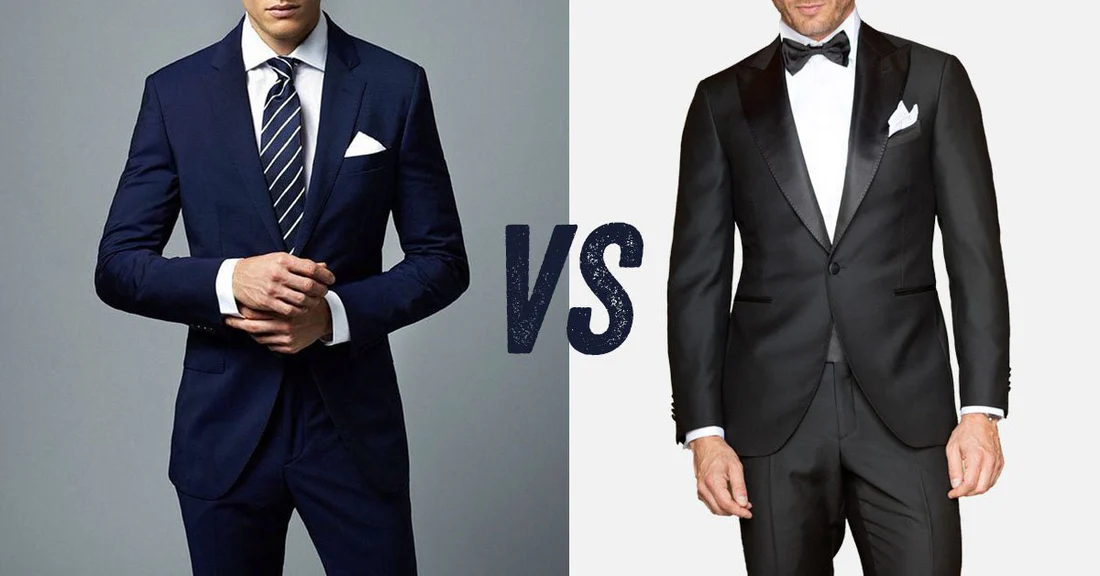

.jpg)
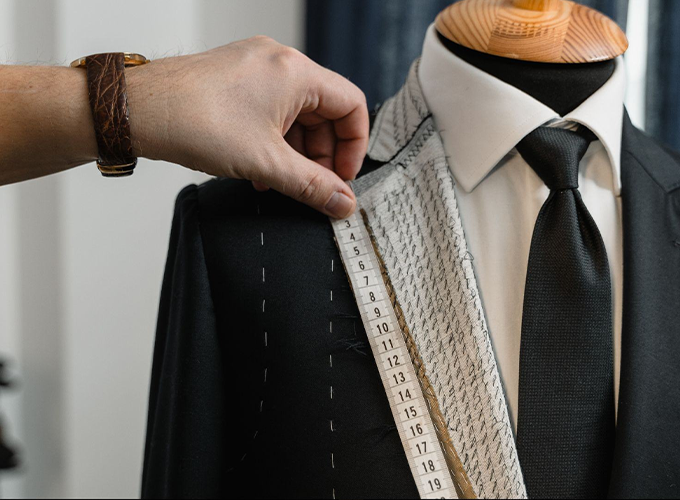

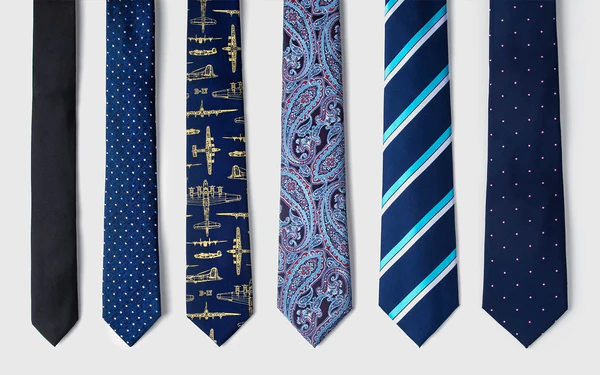
.webp)
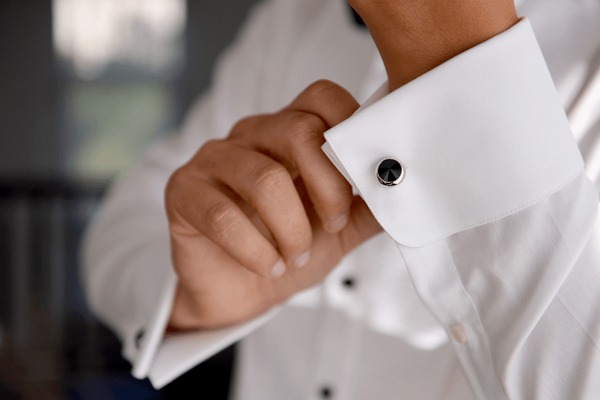
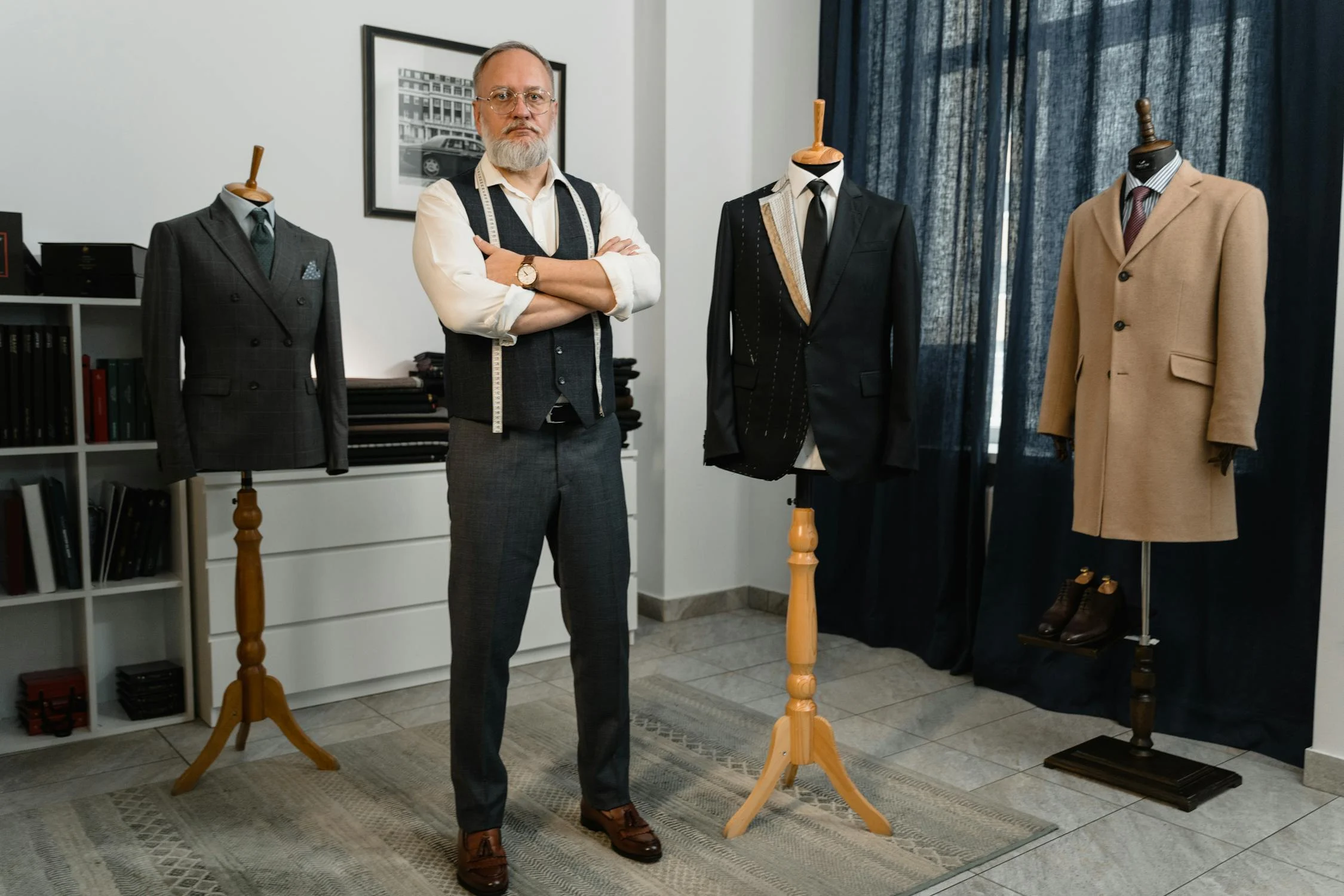
.jpg)
